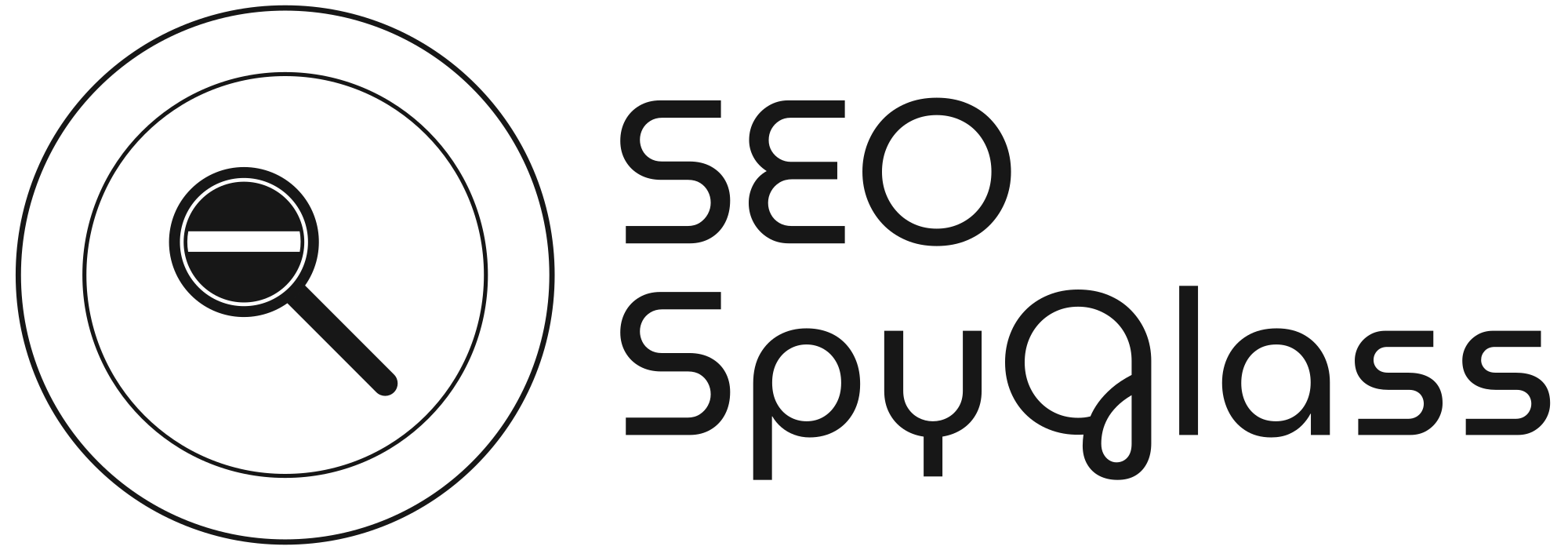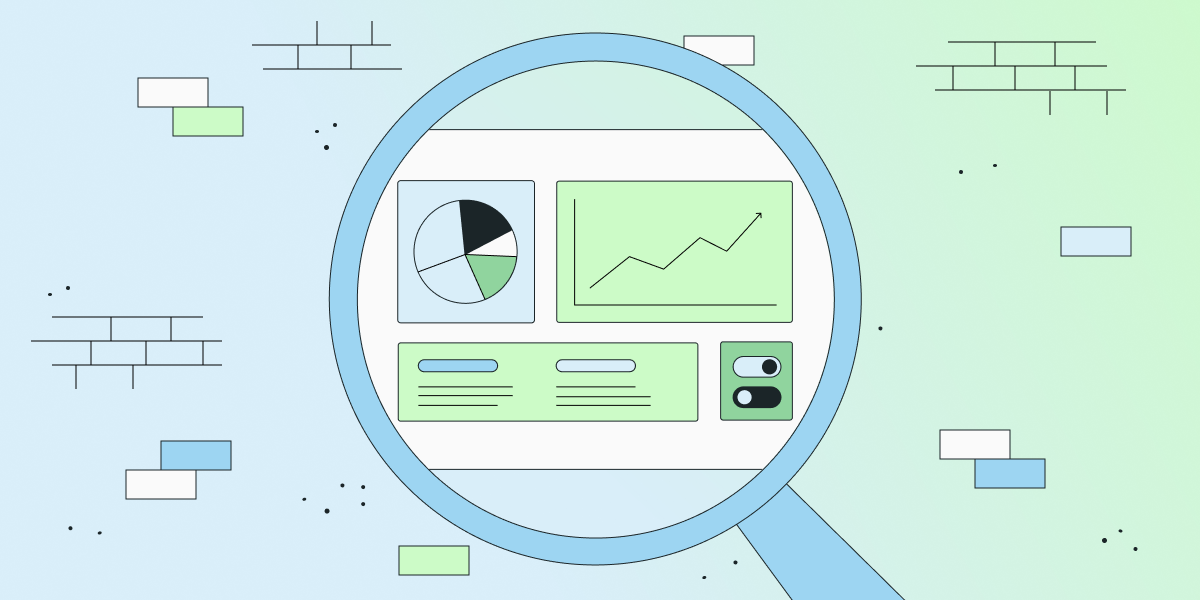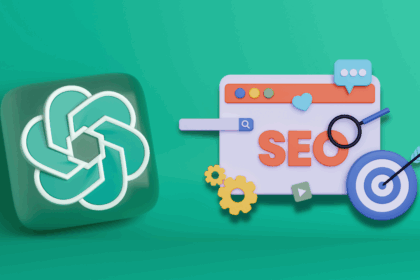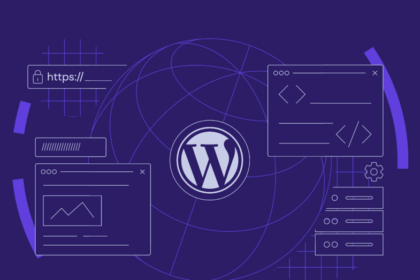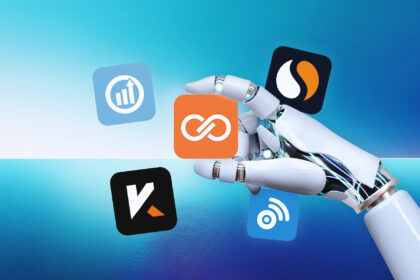Search engine optimization (SEO) is no longer a game of guesswork and static tactics. In 2025, successful SEO strategies are data-driven, iterative, and increasingly powered by artificial intelligence. One of the most impactful evolutions in this space is SEO A/B testing with AI—a smarter way to experiment with on-page changes, measure their impact, and improve organic performance faster and more effectively.
This article explores how AI is revolutionizing SEO A/B testing, the tools leading the change, and best practices for running intelligent experiments that yield actionable results.
What Is SEO A/B Testing?
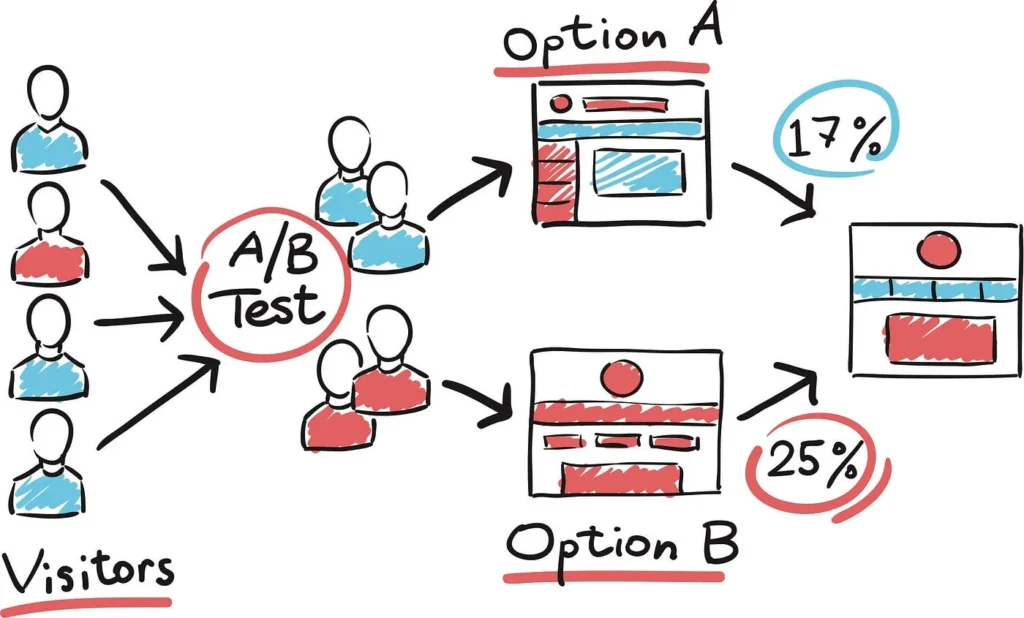
SEO A/B testing is the process of comparing two (or more) versions of a web page or site element to determine which version performs better in terms of organic search metrics, such as:
- Click-through rate (CTR)
- Organic traffic
- Average position in search engine results pages (SERPs)
- Dwell time or bounce rate
- Conversion from organic sessions
Unlike traditional A/B testing (commonly used for UX and CRO), SEO tests need to consider how search engines respond to changes over time—factoring in crawling, indexing, and ranking shifts.
The Role of AI in Modern SEO Testing
SEO testing has historically been slow, manual, and data-heavy. AI introduces powerful enhancements at every stage:
1. Automated Test Generation
AI tools can suggest high-impact test ideas based on historical performance, competitor benchmarks, and search trends. Whether it’s rewriting meta descriptions or adjusting internal linking structures, AI identifies which changes are worth testing first.
2. Intelligent Grouping and Segmentation
AI can segment pages into statistically similar groups (e.g., based on traffic, keyword intent, or content length) to ensure valid comparisons between test and control groups, minimizing external bias.
3. Faster Insights with Predictive Modeling
Instead of waiting weeks for Google to reflect changes in the rankings, AI models can predict performance outcomes by analyzing user signals, crawl behavior, and early traffic shifts. This accelerates decision-making significantly.
4. Continuous Experimentation
AI systems can run rolling tests, automatically deploying new variations and adjusting strategies based on real-time feedback. This creates a cycle of continuous improvement without constant manual oversight.
Tools for AI-Driven SEO A/B Testing in 2025
1. SearchPilot
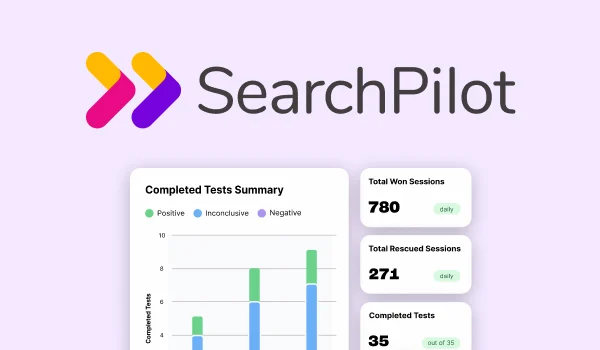
One of the pioneers in SEO A/B testing, SearchPilot allows large-scale websites to run controlled SEO experiments. Its AI-enhanced platform handles test setup, traffic splitting, and statistical analysis, offering reliable conclusions even on nuanced SEO changes.
2. RankScience
RankScience uses machine learning to automatically test different on-page SEO optimizations and deploy the winners. It is especially effective for e-commerce and content-heavy sites looking for scalable solutions.
3. SEOTesting.com
This platform integrates with Google Search Console and uses AI to suggest and measure experiments, especially around titles, meta tags, and structured data. It’s ideal for smaller teams wanting data-backed insights without complex setup.
4. Clearscope + AI Writing Tools
While not an A/B testing platform per se, combining AI content optimization tools like Clearscope with GPT-based writing assistants allows SEO teams to generate multiple high-quality content variations, ready for testing against each other.
Use Cases for AI-Powered SEO A/B Testing
✅ Title and Meta Description Testing
Use AI to generate multiple headline variations, test CTR differences in SERPs, and optimize for both clicks and keyword relevance.
✅ Content-Length and Structure Optimization
AI tools analyze content engagement and recommend variations in paragraph structure, headings, and media usage to boost on-page metrics.
✅ Internal Linking Strategies
Test different linking structures and anchor texts to understand how internal links affect crawl depth and rankings.
✅ Schema Markup Variants
Experiment with different schema implementations (FAQ, product, review) to see which types improve visibility in rich results.
✅ E-A-T Enhancements
AI can suggest trust-building elements (author bios, citations, reviews) to test their impact on keyword rankings for YMYL (Your Money Your Life) content.
Best Practices for AI-Enhanced SEO Testing

- Start with High-Impact Pages
Focus your testing efforts on pages with significant organic traffic potential or those that underperform despite good content. - Use Statistically Sound Control Groups
Let AI group similar pages by traffic, intent, and other attributes to ensure fair comparisons. - Measure the Right KPIs
Use metrics like CTR, impressions, average position, and time-on-page rather than just raw traffic numbers. - Monitor Google’s Behavior Closely
Track how frequently Google crawls and indexes your variations. AI tools can help correlate changes in crawl rate with performance shifts. - Avoid Cannibalization and Indexing Confusion
Use canonical tags and proper URL structures when testing different versions to avoid confusing search engines. - Iterate and Scale
Don’t stop after one test. Let AI systems identify the next best variant and run continuous optimization cycles.
The Future of SEO Experimentation
SEO A/B testing with AI is still evolving, but its trajectory is clear: smarter tests, less guesswork, and faster optimization cycles. As search algorithms continue to adapt and user behavior shifts, the ability to test and iterate dynamically will become a core competitive advantage.
By embracing AI-powered SEO testing today, marketers can turn their websites into living experiments—constantly learning, adapting, and outperforming the static strategies of the past.
In Summary:
AI is transforming SEO A/B testing from a labor-intensive task into a smart, scalable process. With the right tools and techniques, you can experiment with confidence, validate your decisions with data, and climb the SERP ladder more efficiently than ever before.
